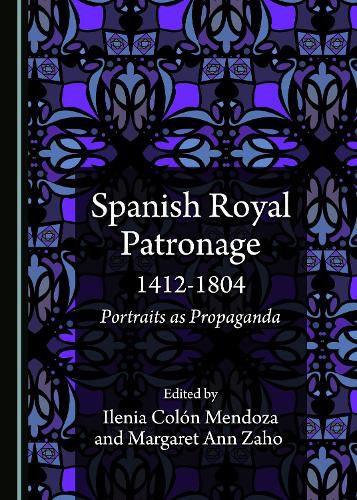Readings Newsletter
Become a Readings Member to make your shopping experience even easier.
Sign in or sign up for free!
You’re not far away from qualifying for FREE standard shipping within Australia
You’ve qualified for FREE standard shipping within Australia
The cart is loading…






Portraits have a long history in royal courts as a way of communicating the monarch’s status, rulership, and even piety. This anthology places such art works studied in the context of their commission, production, and display. Artists use different representational strategies to convey important information about the sitter. These aspects combined with patronage, location and use of the work form a departure point from which to address portraits comprehensively. The intersection between artist, the portrayed and audience with the additional layer of formed identity allows the portrait to hold a special place as popular genre of Spanish art. The relationship between the use of the work and its context is key to understanding better the cultural and social norms of Spanish aristocracy and what they reveal about Spanish identity in general. Used to solidify governance, lineage, and marriage, portraits legitimized the negotiation of status, power, and social mobility.
$9.00 standard shipping within Australia
FREE standard shipping within Australia for orders over $100.00
Express & International shipping calculated at checkout
Portraits have a long history in royal courts as a way of communicating the monarch’s status, rulership, and even piety. This anthology places such art works studied in the context of their commission, production, and display. Artists use different representational strategies to convey important information about the sitter. These aspects combined with patronage, location and use of the work form a departure point from which to address portraits comprehensively. The intersection between artist, the portrayed and audience with the additional layer of formed identity allows the portrait to hold a special place as popular genre of Spanish art. The relationship between the use of the work and its context is key to understanding better the cultural and social norms of Spanish aristocracy and what they reveal about Spanish identity in general. Used to solidify governance, lineage, and marriage, portraits legitimized the negotiation of status, power, and social mobility.